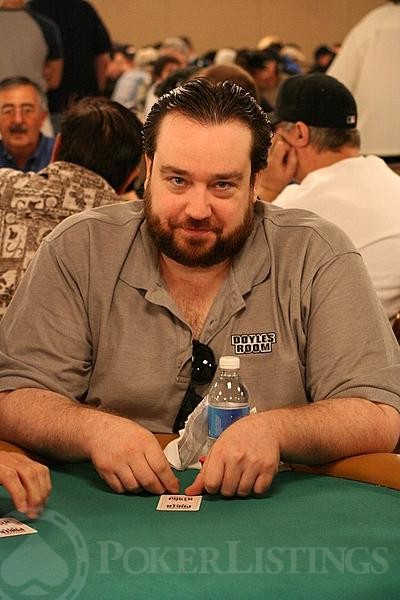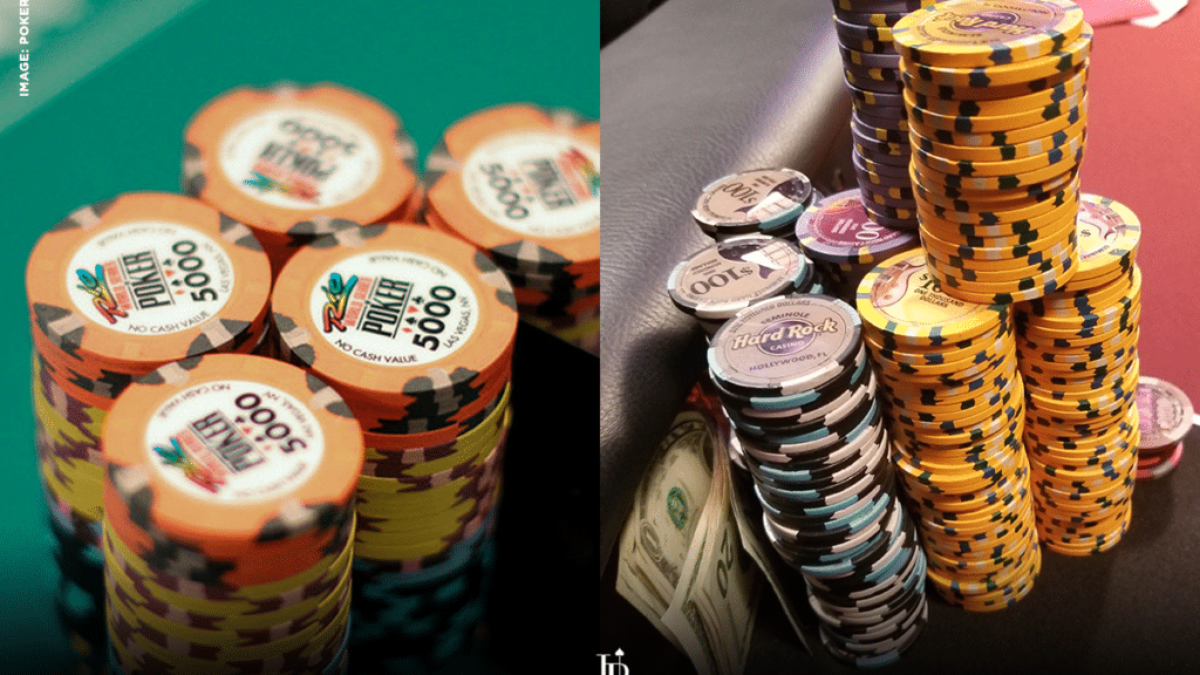Opening Stake Poker Called
- Opening Stake Poker Called Money
- Opening Stake Poker Called Games
- Opening Stake Poker Called Rules
- Opening Stake Poker Called Game

Stud poker is usually either spread limit or fixed limit. A beginning player is strongly urged not to play pot limit or no limit, no matter how low the stakes are, until at the very least the player is well acquainted with the rules to the game. The purpose of forced bets. All serious poker games involve some element of forced bets. On the flip side, questionable Opening Stake Poker Called online casinos use attractive bonus offers to lure in unsuspecting players, but they have no intention of honoring these bonuses when it’s time to Opening Stake Poker Called pay out. The exact origin of poker is unknown but many have speculated that it originated from the 16th-century Persian card game called As Nas. Played with a 25 card deck containing five suits, the rules were similar to today’s Five Card Stud. Others are of the opinion that it was invented by the Chinese in 900 A.D. The smaller you open-raise, the more poker hands you can open (by a small percentage). If you raise larger, then generally you should have a tighter range of hands. When playing micro stakes, some coaches advocate a 4x UTG open raise. Then reducing to 3x for HJ, 2.5x for CO and BTN, and then back to between 3 and 4x for SB opens.

Betting[edit]
Specifics of betting vary from game to game. Before a hand begins, most games either use an ante or a blind bet, and some games use both. An ante is usually a fraction of a normal bet size. Blind bets are used with games that have a dealer button (also called a puck or button), hereafter simply button to refer to both the button itself and to the player who holds it. With an ante, every player must toss a chip or coin of a given denomination into the pot before receiving his or her cards. Blind bets may also appear in the form of bring-in bets in stud games, where the player with the lowest (or highest) card showing on the first round must either 'bring it in' for a set amount (usually half a small bet) or make a full small bet. The player making the bring-in cannot fold.
In games that use a dealer button, the most common structure is a two-blind structure. In this, the player to the button's left posts a small blind (usually half a bet, rounded either up or down if this results in an awkward bet size), and the person to the left of the small blind posts the big blind, generally a full bet size. The players then all receive their cards, the other players receiving them at no cost. The player to the big blind's left must then call, raise, or fold to the big blind, and betting continues normally. But what is normally?
In a normal betting round, there must be some means of determining who goes first. In games that use a button, it will always be the player to the button's left (except in the first betting round, in which case it is the player to the big blind's left; this position is called under the gun). Other games use various schemes. The player who goes first must check or bet. To check is to pass on the chance of betting, and the player to his or her left faces the same choice. If all players check, nobody may bet and the next round continues. When somebody bets, all other players must decide, one at a time (starting from the bettor's left) whether to call, raise, or fold. To call the bet is to put the same amount of money into the pot. To raise is to call and also add more money to the pot. To fold (lay down your hand) is to stop playing the hand, giving up any money invested in the pot. The round of betting ends when all players who have not folded have called the last raise (so each player who has not folded contributes the same amount to the pot). A player who bets and folds to a raise loses the bet he or she made, even though the player folded on the same betting round. For this reason, it is advantageous to act last; in a game with a dealer button, the player who has the button always acts last (except in the first betting round, since the blinds get the option to raise).

To confuse matters further, there are several ways to play betting rounds, which are usually unrelated to the game itself (for example, five card draw can be played spread limit, fixed limit, pot limit, or no limit).
- Spread limit, also called straight limit, is a common method in home games: throughout a hand, there is a lower limit and an upper limit, for example, $1 to $5, and these limits usually do not change. Spread limit is rarely found in casinos.
- Fixed limit means each bet and raise is a fixed size. A fixed limit table usually doubles the bet size for the last couple of betting rounds, so fixed limits are often described as, say, $2/4, which, if it describes a Texas hold'em game, means the small blind is $1 (half the big blind), the big blind is $2, the flop is $2, the turn is $4, and the river is $4.
- Pot limit is like spread limit except the maximum bet size is always the size of the pot. Like fixed limit, the minimum bet size is often doubled at a certain point.
- No limit means there is no upper limit at all, although this is almost always combined with a rule (called 'table stakes') that you can only bet with chips that were in play at the beginning of the hand. This means that when you start a hand of no limit poker, you know that your maximum exposure to risk is limited to the value of chips in front of you. Like fixed limit, the minimum bet size is often doubled at a certain point.
Omaha hold'em is often played pot limit but is almost never played no limit. Stud poker is usually either spread limit or fixed limit. A beginning player is strongly urged not to play pot limit or no limit, no matter how low the stakes are, until at the very least the player is well acquainted with the rules to the game.
The purpose of forced bets[edit]
All serious poker games involve some element of forced bets. As described above, this can have take several forms, but will always involve at least one player being forced to put money in the pot. Why is this so important to a poker game?
Consider a game of poker where there are no forced bets. Since you can look at your hand before you choose whether to bet, there's no point in putting any money on the table unless you're almost certain that your hand will be a winner. You might fold 99 hands out of 100 and still make a profit. Of course, your opponents, if they are rational, will think and bet exactly the same way. Such a poker game would consist of hand after hand where everyone folded, and the occasional hand where one person bet and everyone else folded. Money would only change hands on the very rare occasions when two people got extremely good hands at the same time.
Opening Stake Poker Called Money

Opening Stake Poker Called Games
To counter this, poker games have a forced bet element. If you fold too many hands, you'll end up losing out as you'll pay the forced bets but get very few payoffs to justify the money expended. Forced bets provide a reason for you to bet even if the forced bet hasn't come out of your stack (as is the case in most hands when blind bets are being used): since the player who made the forced bet may have any hand at all, you have a good chance of beating them with any hand that is above average.
Opening Stake Poker Called Rules
The opposite problem can happen if the forced bets are too large. If you are in a game where the ante is half your entire stack, you'll play almost any hand since you'll go bust in a couple of hands anyway. In general it's correct to play more loosely (call and bet with a wider range of cards) the higher the forced bets are relative to the average stack size.
Opening Stake Poker Called Game
This can be used in tournament play to control the length of the tournament. As the tournament progresses, the size of the blinds is increased so that players are forced to play their hands more aggressively or risk going bust just from paying the blinds.